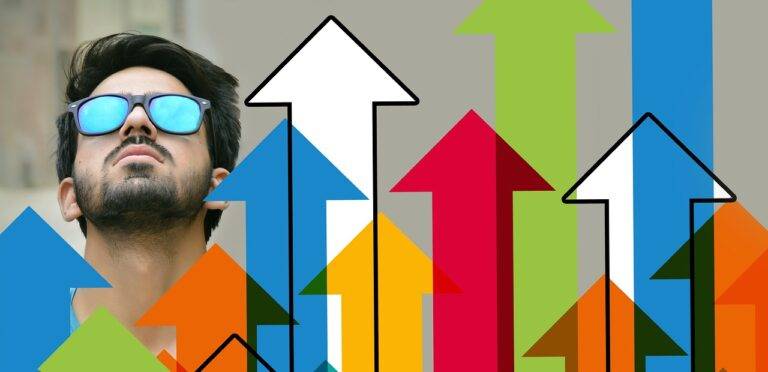The Evolution of Personal Computing: From Desktops to Wearables
In the late 1970s, personal computing took its first baby steps into the world. With the release of iconic machines like the Apple II and the Radio Shack TRS-80, individuals gained the ability to bring the power of computing into their homes. These early computers were often primitive by today’s standards, with basic monochrome displays and limited processing power, but they represented a revolution in how people interacted with technology.
As personal computing gained momentum throughout the 1980s, more and more households embraced these new devices. Companies like IBM and Commodore entered the scene with their own offerings, expanding the choices available to consumers. This era saw the birth of popular software programs like VisiCalc, the first electronic spreadsheet, which brought newfound efficiency to tasks like budgeting and data analysis. The early days of personal computing laid the foundation for the digital age we live in today, with innovations that continue to shape our world.
The Rise of Laptops and Notebooks
The introduction of laptops and notebooks revolutionized the way people used computers. These portable devices allowed users to work, study, and connect with others from anywhere, providing unprecedented flexibility and convenience.
As technology advanced, laptops and notebooks became sleeker, lighter, and more powerful. Companies competed to create thinner and more stylish designs, while also enhancing performance and battery life. This led to a surge in popularity, with these devices becoming essential tools for professionals, students, and everyday users alike.
What were some of the earliest personal computers?
Some of the earliest personal computers included the Altair 8800, Apple II, and IBM PC.
When did laptops and notebooks start becoming popular?
Laptops and notebooks started becoming popular in the 1990s as technology advanced and they became more affordable and portable.
What are some advantages of using laptops and notebooks?
Some advantages of using laptops and notebooks include portability, convenience, and the ability to work on-the-go.
How have laptops and notebooks changed the way we work?
Laptops and notebooks have revolutionized the way we work by allowing us to work from anywhere, collaborate with others more easily, and access information quickly.
What should I consider when choosing a laptop or notebook?
When choosing a laptop or notebook, consider factors such as processing power, storage capacity, battery life, and portability to ensure it meets your needs.





